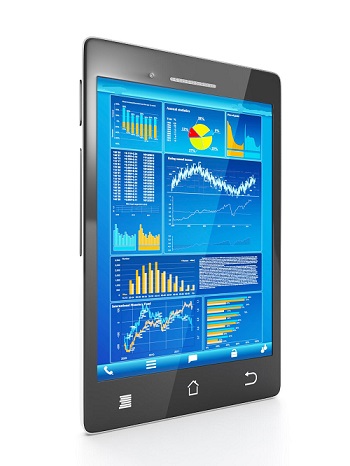Mobile marketing has not yet come anywhere near its potential
A recent Leanplum analysis of 671 million push notifications has revealed that smartphone ads are just scratching the surface.
Mobile marketing automation platform, Leanplum, has announced that it has completed its first research study, which it has published under the title “Breaking Barriers to Push Notification Engagement.”
This research determined that the majority of push notification users were not reaching their potential.
The study was based on the results of an analysis conducted by Leanplum, which examined 671 million push notifications and 1.4 billion in-app events. What they found was that while there is a great deal of potential to mobile marketing through push notifications, the majority of the marketers around the world who were using this technique were not living up to that potential. The analysis determined that, as a whole, approximately 63 percent of marketers were missing their targets when it came to the messaging itself, the frequency of their marketing efforts via mobile apps, and even their timing.
There were a number of key findings that may provide helpful insight to mobile marketing firms.
 Among the key findings from Leanplum’s study were:
Among the key findings from Leanplum’s study were:
• North American app marketers were especially prone to missing engagement opportunities with their users during evening hours. App users in that region typically open push notifications at 8 p.m. at a rate that is four times greater than the ads are actually being sent.
• In terms of notifications sent versus those that were opened, the times marketers were issuing their push notifications and the times at which users were actually most likely to open and engage with them were not synchronized. This was a worldwide issue based on out-of-date messaging strategies.
• Mobile marketing firms often fail to shift their efforts with time zones. For example, marketers focusing on Europe, the Middle East and Africa (EMEA) are sending pushes that are reaching people at midnight, while the majority of recipients are sleeping, since they are aiming at reaching people during peak North American times. A change in the timing of push notifications based on the time zones in which the recipients reside could greatly enhance engagement results.

